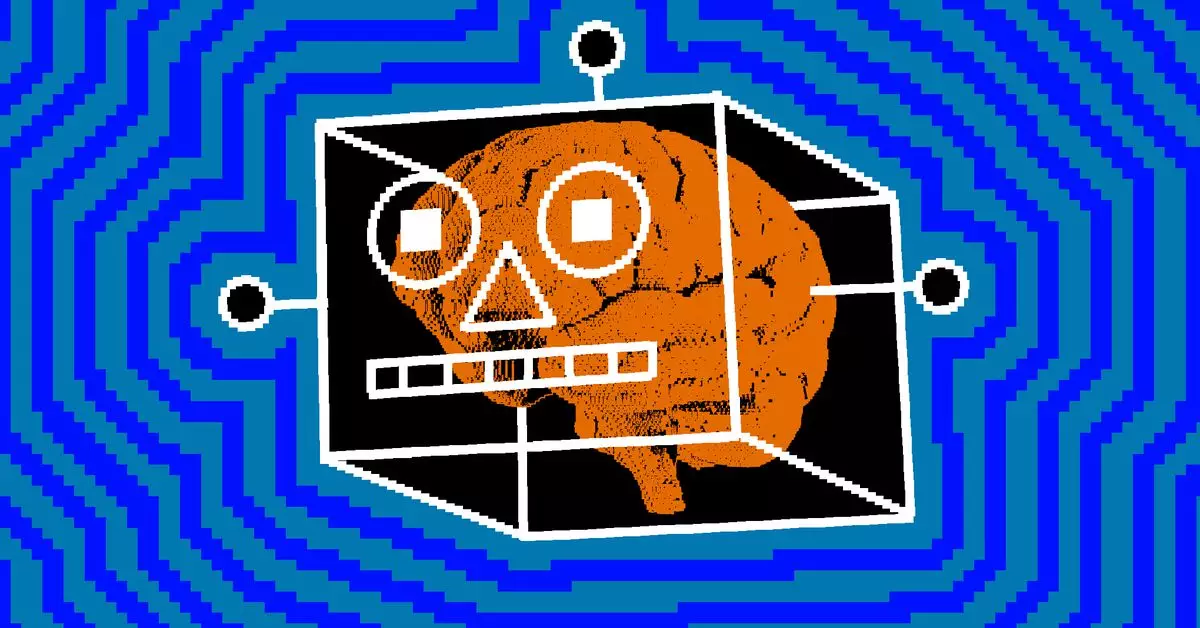In the highly competitive landscape of artificial intelligence, Google is reportedly on the verge of unveiling an innovative tool known as Project Jarvis. Set to potentially debut in December, this initiative is speculated to transform how users interact with the web by automating routine tasks, from research gathering to flight booking. The timeline remains tentative, with insights coming from industry insiders speaking to The Information. As AI’s capability to streamline our daily activities continues to evolve, Jarvis is positioned to be a pioneering force fueled by Google’s robust AI development, particularly through its upcoming Gemini model.
Functionality and User Interaction
At its core, Project Jarvis aims to reduce the friction associated with web browsing by automating the execution of common tasks. Users can anticipate a digital assistant that not only understands context but can physically engage with the web environment—taking screenshots, clicking buttons, and entering data as needed. Such functions could dramatically enhance productivity for individuals who routinely perform repetitive online activities. However, there are caveats: the tool reportedly experiences a slight delay between actions, suggesting that while Jarvis may alleviate some strain of web navigation, it is not without its limitations at this developmental stage.
Google’s foray into web automation arrives amidst a flurry of advancements from other major AI firms. Microsoft’s Copilot Vision promises a rich conversational interface, allowing users to interact with the AI regarding the content they view online. Similarly, Apple’s upcoming Intelligence system is expected to gain a heightened understanding of the user’s digital environment, facilitating seamless interactions across various applications. Meanwhile, operational updates from Anthropic and OpenAI illustrate a burgeoning trend where companies are striving to enhance autonomous user support systems. This competitive backdrop indicates that Project Jarvis will need to distinguish itself in functionality and reliability to secure user adoption.
The anticipation surrounding Project Jarvis also underscores the broader implications of AI in daily life. If the tool meets expectations, it could signify a significant leap toward more integrated and intuitive digital experiences. However, as with any emerging technology, the success of Jarvis will hinge on thorough testing and user feedback. Reports suggest that Google may initially roll out the project to a select group of testers, allowing the team to gather insights and resolve potential bugs before a wider release. This iterative approach could ultimately refine the product and enhance its reliability, paving the way for a smoother user experience in the future.
Google’s Project Jarvis is poised to make waves in the field of task automation, aspiring to change how individuals interact with the internet. While its precise capabilities and performance remain to be seen, the development reflects a promising movement toward more intelligent digital assistants. As other tech giants pursue similar ambitions, the race for a truly effective AI assistant is heating up, encouraging advancements that could redefine our online experiences for the better. As Project Jarvis approaches its prospective launch, both the tech community and the general public will be watching closely to see if it lives up to the lofty expectations set by its predecessors and contemporaries.


Leave a Reply
You must be logged in to post a comment.